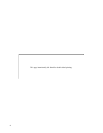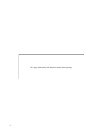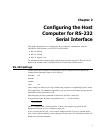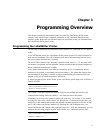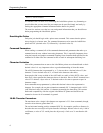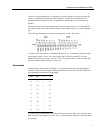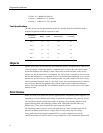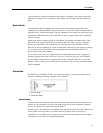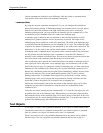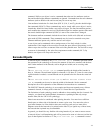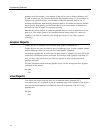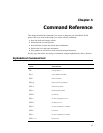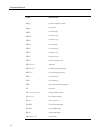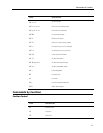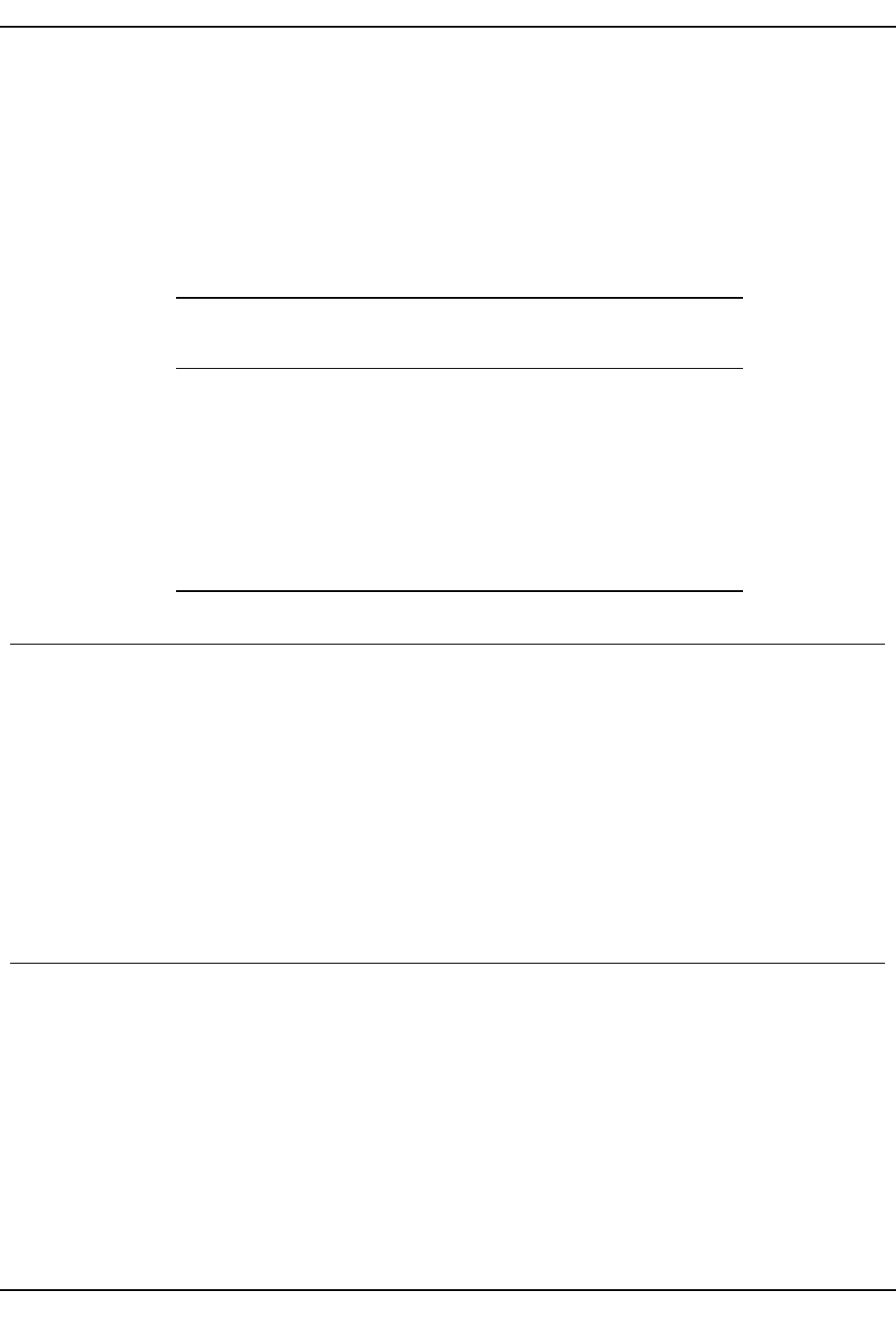
Programming Overview
710 base 10 = 0000001011000110
n1 binary = 00000010 or "2" decimal
n2 binary = 11000110 or "198" decimal
Font Specifications
The table below lists the specifications for the five internal fonts the LabelWriter printer
supports. Height and width are expressed in dots.
Font Setting
Command
Height Width Horizontal cpi Vertical cpi
ESC S 16 10 20.3 12.7
ESC P 24 12 16.9 8.4
ESC M 32 16 12.7 6.4
ESC U 32 20 10.2 6.4
ESC T 56 28 7.3 3.6
Objects
Objects are the basic units printed by the LabelWriter printer. An object can be either a line
of text, a barcode, a landscape graphic, a landscape line, or a raster dot line. Each of these
objects has different rules relating to them. These rules are discussed later in this section.
Objects can also be either active or completed. An active object is one that is still receiving
the data that composes it. A completed object is one that has been terminated. A line of text
that has not yet received a line feed or carriage return is a good example of an active object.
Until a terminator character, such as a line feed, is sent, more text characters can be added to
the text object. Barcode and graphic objects do not require special terminator characters
(such as line feeds). Instead they are considered complete as soon as they receive the correct
amount of data.
Print Modes
Before we move on to discuss the specific objects that the LabelWriter printer supports, it is
important to cover the different print modes in which the LabelWriter may print the objects.
The LabelWriter printer includes three modes of printing: raster (bitmap graphics) mode,
portrait printing mode, and landscape printing mode. Each mode operates under very
different rules. These rules are detailed in the sections that follow.
The LabelWriter printer may be in only one print mode at a time. Multiple areas may be
printed in different print modes on a single label, but these areas may not overlap.
In any mode, the set feed length command (GS L) is used to determine how far the
LabelWriter printer will feed in search of a top-of-form hole. If the LabelWriter printer finds
8



